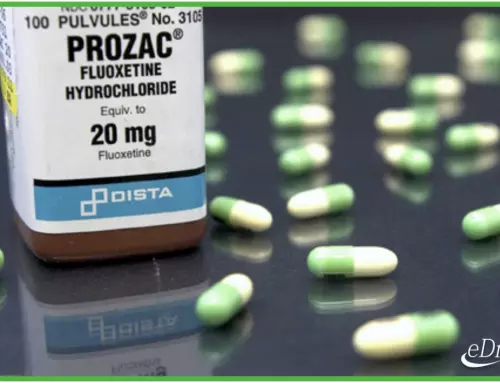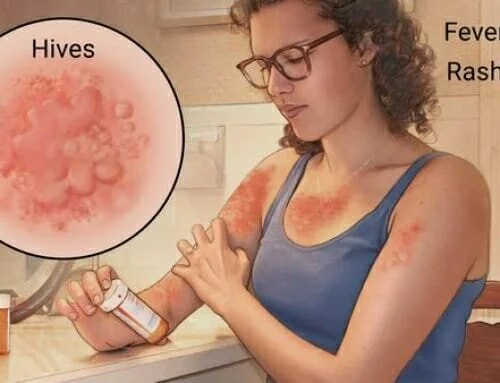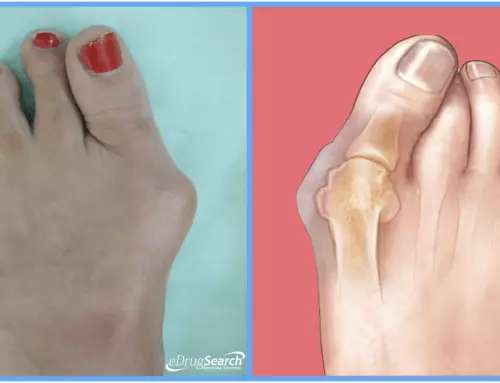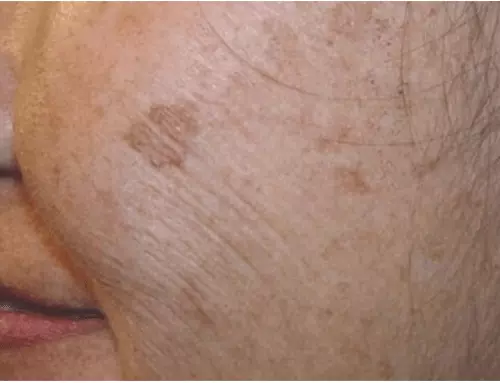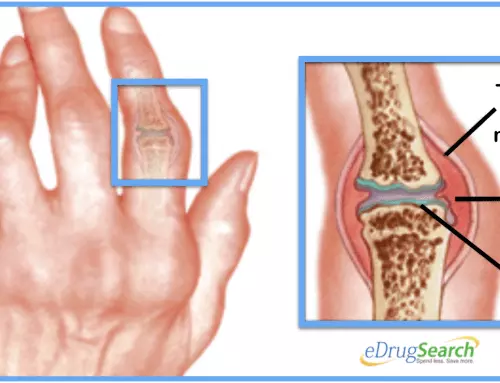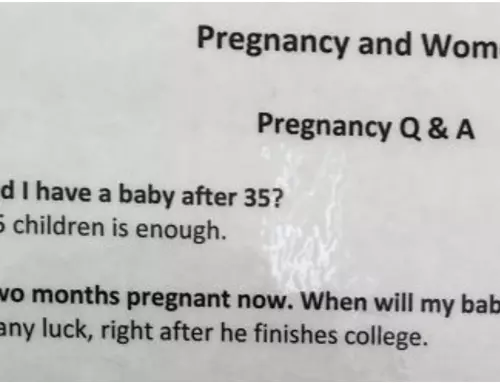Diabetes a metabolic disease that inhibits the body to produce or respond to insulin the way it is meant to. This results in abnormal metabolism of carbohydrates and raised blood sugar levels. Blood sugar levels stay high because the body does not release the much-needed hormone, insulin. Depending on what factors are causing the raised blood sugar level, diabetes can be diagnosed as either type 1 or type 2.
American Diabetes Association statistics show that a stunning 25% of people with type 2 diabetes don’t even know they have it.
Normally during digestion, the body is able to turn foods into glucose. The blood then distributes the glucose to the body’s cells. This is when insulin typically steps in to convert glucose into energy for the cells to either use or store. The process of converting food into energy is vital, as the body depends on proper fuel for every process and action it goes through each day. When insulin is ineffective, the bloodstream’s glucose cannot be converted into energy in the cells. As a result, glucose builds up in the blood, which leads to the high glucose levels that define diabetes.
Criteria for Diabetes
-
 If the blood glucose level is over 200 mg/dl, diabetes is diagnosed.
If the blood glucose level is over 200 mg/dl, diabetes is diagnosed. - If the blood glucose level is over 140 mg/dl two hours following a meal, pre-diabetes is concluded.
- If the blood glucose level after sleeping or fasting for eight hours is over 126 mg/dl, diabetes is diagnosed.
- If the blood glucose level after sleeping or fasting for eight hours is over 108 mg/dl, pre-diabetes is concluded.
Type 1 Diabetes
Type 1 diabetes is the less common form, affecting only up to 10% of diabetics. Type 1 diabetes may begin before the age of 15, which is referred to as juvenile diabetes. It is more commonly found in boys than girls.
This chronic condition is commonly a genetic autoimmune disorder where the body’s immune system attacks the cells in the pancreas that produce insulin. This blocks glucose from entering the cells, resulting in its accumulation in the blood.
Type 2 Diabetes
Type 2 diabetes, a much more common form, typically arises in adults over 40. In the instance of type 2 diabetes, either the pancreas is not producing enough insulin, or the body’s cells begin to block insulin, therefore keeping it from distributing it throughout the body.
One cause of type 2 diabetes is obesity, as fat can hinder the ability of the cells to bind to insulin. Physical inactivity further leads to type 2 diabetes because when muscles are active, they use most of the glucose circulating through the body, while sedentary muscles also make cells resistant to absorbing glucose.
Gestational Diabetes
Gestational diabetes is a form of diabetes that only develops in some pregnant women. When pregnant, the body becomes naturally resistant to insulin, in order to provide the fetus with additional glucose. Most moms do not run into this problem because when their body needs more insulin, the pancreas is able to adapt.
However, if the pancreas is unable to keep up with the demand for insulin, blood glucose levels rise abnormally high, resulting in gestational diabetes. Gestational diabetes can be recognized and treated. Once a baby is born, the mother’s blood sugar typically returns to a normal level quickly. However, a diagnosis of gestational diabetes increases one’s risk of developing diabetes in the future.
What are the Symptoms of Diabetes?
The symptoms of the various types of diabetes are similar because all diabetes results in high blood glucose levels. While the symptoms may show up in different ways or at different times, the condition is essentially the same in the end for anyone suffering from a form of diabetes.
Type 1 diabetes symptoms typically show up within a few weeks, but type 2 diabetes symptoms can take years to show up.
Here are some common symptoms of diabetes.
1.) Thirst
Because the body loses so much water due to frequent urination, people suffering from diabetes often feel thirsty. It is important to them to stay hydrated to compensate for the loss of fluids. Just don’t grab a diet soda — or any soda for that matter!
2.) Genital Yeast
Passing urine with a high glucose content makes the genital area prone to develop yeast infections, swelling, and itching.
In males, symptoms may include:
- Red skin
- Swelling
- Itchiness
- Inflammation
- Irritation and soreness
- White patches on the skin
In females, symptoms of genital thrush are:
- Pain
- Redness
- Itchiness
- Discomfort
- White discharge
3.) Fatigue & Lethargy
Because the body’s cells are not absorbing glucose, they do not have what they need to create energy. This puts people with diabetes at an additional disadvantage, because getting regular exercise is a large part of managing the disease.

4.) Frequent Urination
Because the body’s cells are unable to absorb glucose, the kidneys then work overtime to remove as much excess glucose as they can. This results in frequent urination. While this may begin as an annoyance, it can result in more serious health issues.
5.) Slow Wound Healing
In diabetics, wounds not only heal more slowly than normal, but they also get worse quicker. The main factors affecting the healing rate in a diabetic’s wound are blood glucose levels, a low rate of blood circulation, infection, a suppressed immune system, and diabetic neuropathy.
When blood sugar levels are high, blood vessels and arteries stiffen and their function decreases. This inhibits red blood cells from delivering oxygen to any damaged tissues. In turn, white blood cells also become inefficient, limiting their ability to fight off infections.
Blood and oxygen flow to a wound are both decreased when blood vessels are narrowed, meaning a wound does not have access to enough nutrients or oxygen, which results in slower healing.
The nerves of a diabetic patient are also affected when blood sugar levels are not maintained, leading to the loss of physical sensation. This means diabetic patients may not be aware of the development of an infection, blister or other wounds. They may also be unaware of any changes in the severity of a wound or increased healing complications.
6.) Muscle & Weight Loss
Many patients who are diagnosed with diabetes notice the symptom of unexplained weight loss first. There are several ways that diabetes can cause this symptom. Weight loss can happen due to high blood sugar, thyroid problems, dehydration, and muscle breakdown.
Although type 1 and type 2 diabetes both have the possibility of resulting in reasonably dramatic rapid weight loss at the disease’s onset, it is a more common symptom for people with type 1 diabetes. Because the body is unable to burn glucose, it begins to burn its fat reserve as well as its muscles. This not only triggers fat loss but the loss of muscle as well.
7.) Blurred Vision or Loss of Vision
When blood sugar levels rise, the lens of the eye absorbs water from the body and begins to swell, affecting the eye’s ability to properly focus. Once the blood vessels in the eyes become weak and thin, they release fatty proteins that can leak into the center of the retina, causing permanent vision damage.
Managing Your Diabetes
Diabetes has no cure, but can be managed.
Type 2 patients can:
- Exercise regularly
- Eat a low glucose diet
- Watch their fat intake
- Take diabetes medications
Type 1 patients can:
- Get regular exercise
- Follow a healthy diet
- Regularly monitor blood glucose levels
- Receive insulin replacement through insulin injections or use an insulin pump
Diabetic Ketoacidosis
Diabetic ketoacidosis (DKA) is a complication of diabetes that happens when the body produces excessive blood acids called ketones. When ketone levels in the blood and urine are abnormally high, it makes the blood turn acidic. If diabetes is left untreated, it may lead to lead to diabetic ketoacidosis.
Diabetic ketoacidosis symptoms are typically a sign of type 1 diabetes.
There is a higher risk of ketoacidosis in patients who have type 1 diabetes than in patients with type 2. The symptoms that arise from ketoacidosis are sometimes the first clue to the fact that one is suffering from type 1 diabetes. Symptoms of ketoacidosis may include:
- Nausea
- Fatigue
- Vomiting
- Confusion
- Weakness
- Excessive thirst
- Abdominal pain
- Muscle stiffness
- Frequent urination
- Shortness of breath
- Sweet smelling breath
Be sure to get routine health check-ups to assess any symptoms you may be experiencing. Early detection and diagnosis of a disease can greatly affect your prognosis. Live an active lifestyle as well, and properly fuel your body with fresh, whole fruits and vegetables that provide you with the nutrients that your body needs to function optimally. Although not all forms of diabetes can be prevented, they can be treated and maintained, allowing the patient to lead a fulfilling life.
Was this helpful to you? Don’t forget to SHARE these subtle diabetes symptoms with your family and friends!





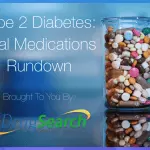 Type 2 Diabetes: Oral Medications Rundown
Type 2 Diabetes: Oral Medications Rundown
 How to Safely Buy Levemir Online
How to Safely Buy Levemir Online
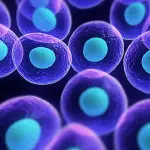
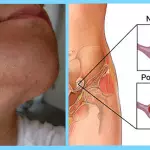 Polycystic Ovarian Syndrome Symptoms & Signs You Need to Know
Polycystic Ovarian Syndrome Symptoms & Signs You Need to Know
 Diabetes Medication Roundup
Diabetes Medication Roundup
 Byetta vs Victoza vs Bydureon: Which is Cheaper and Better?
Byetta vs Victoza vs Bydureon: Which is Cheaper and Better?
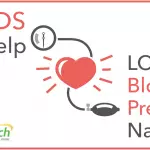 6 Powerful Foods That Help You Lower Blood Pressure Naturally
6 Powerful Foods That Help You Lower Blood Pressure Naturally
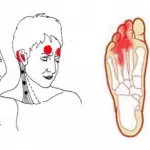 Vitamin B12 Deficiency Symptoms: 8 Warning Signs You Don’t Want to Ignore
Vitamin B12 Deficiency Symptoms: 8 Warning Signs You Don’t Want to Ignore

